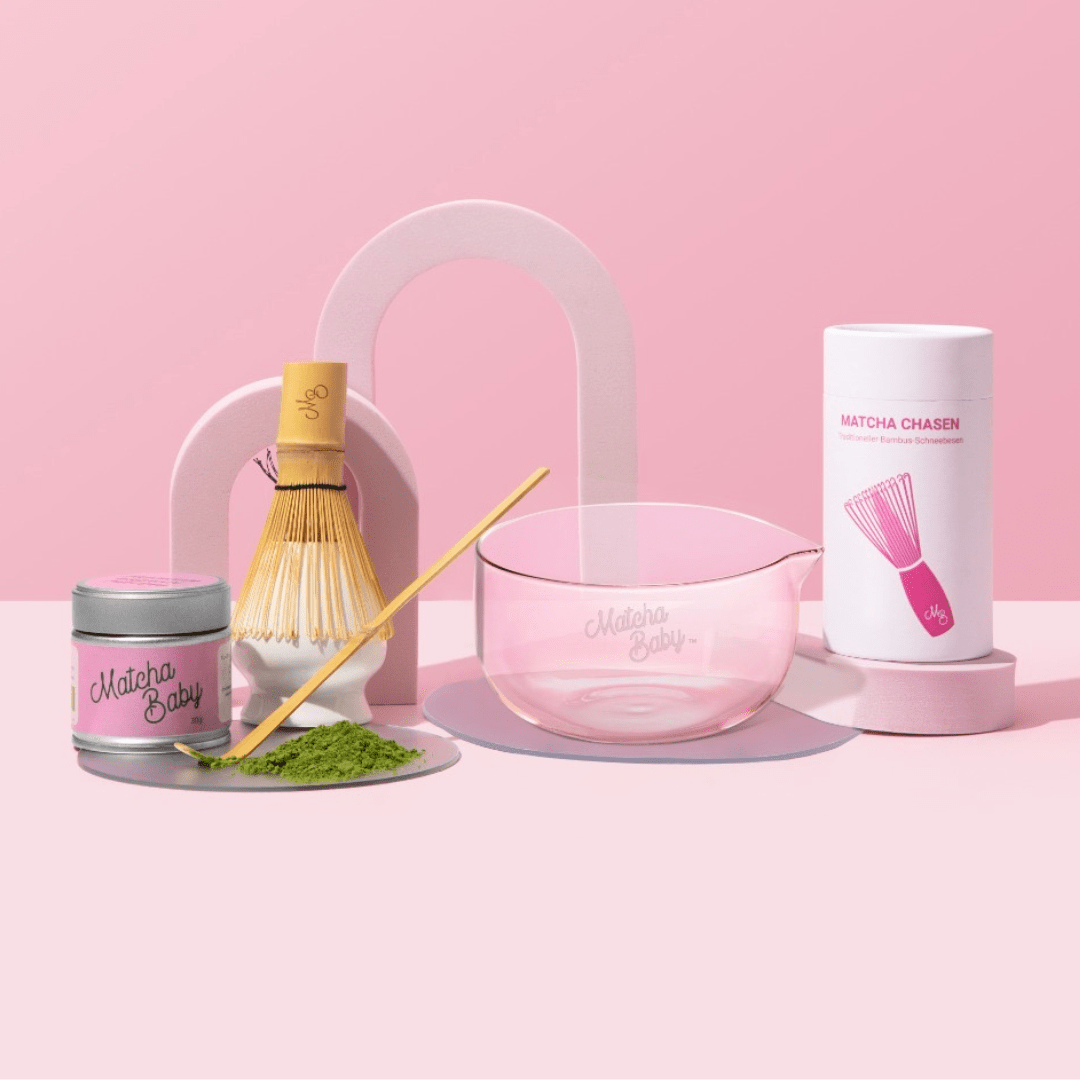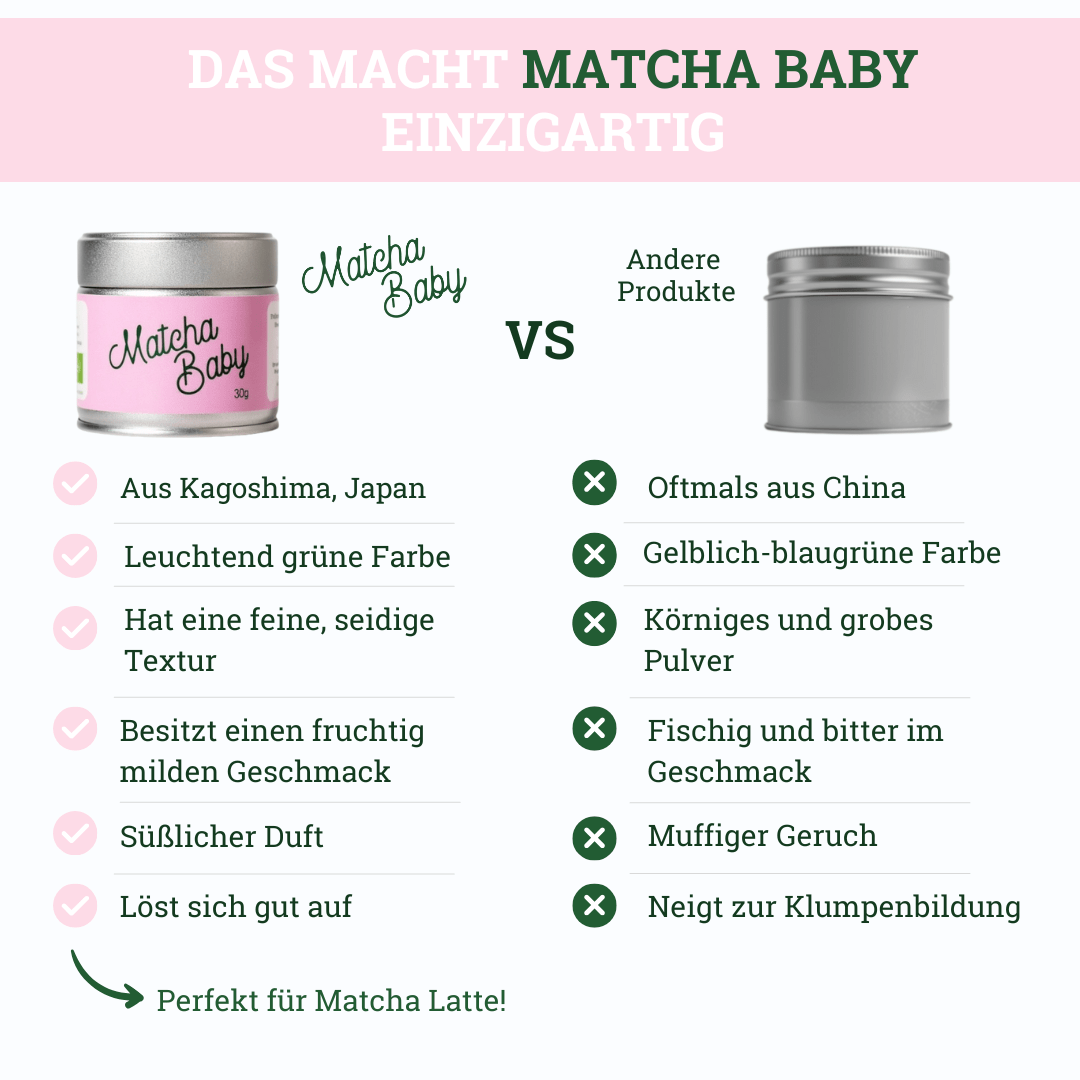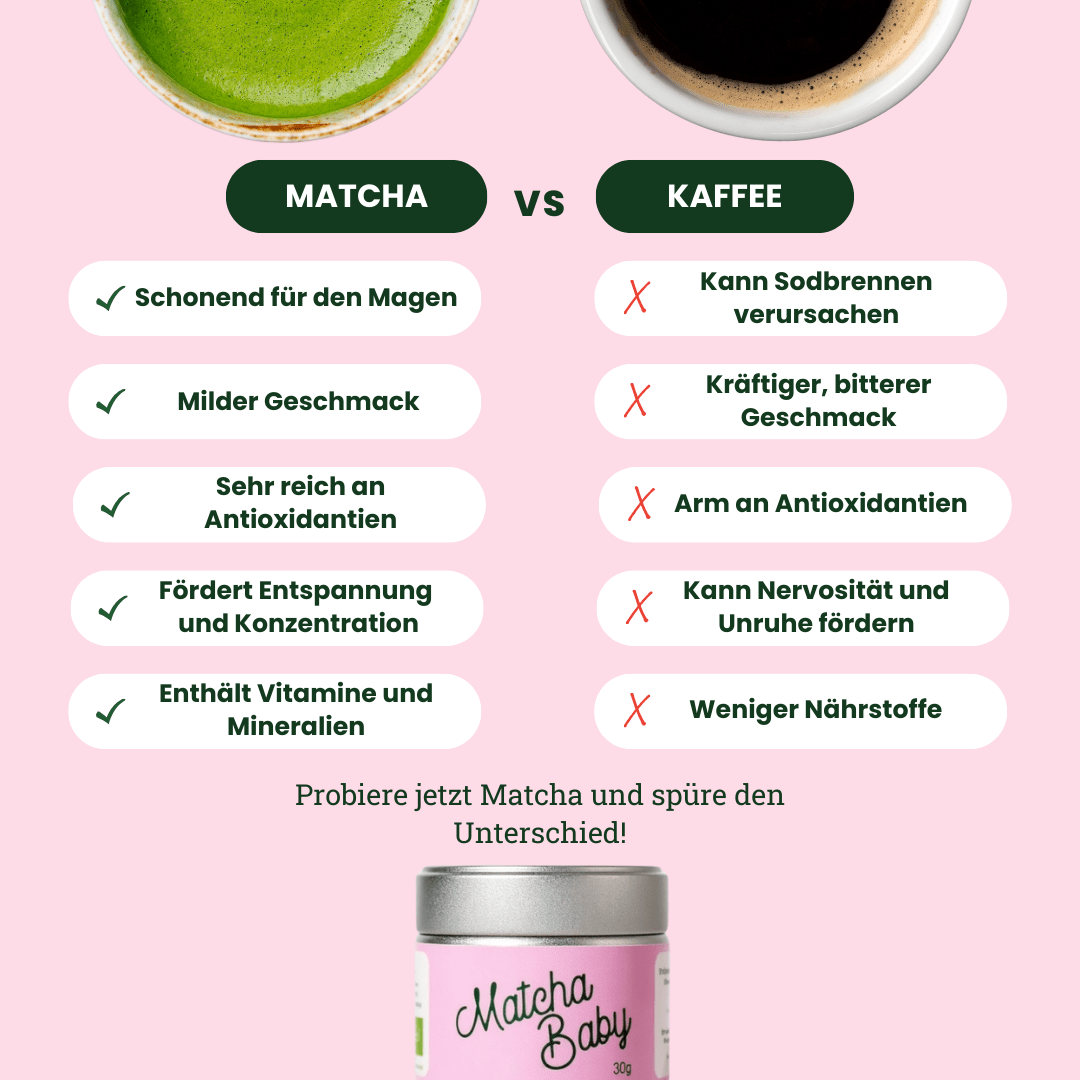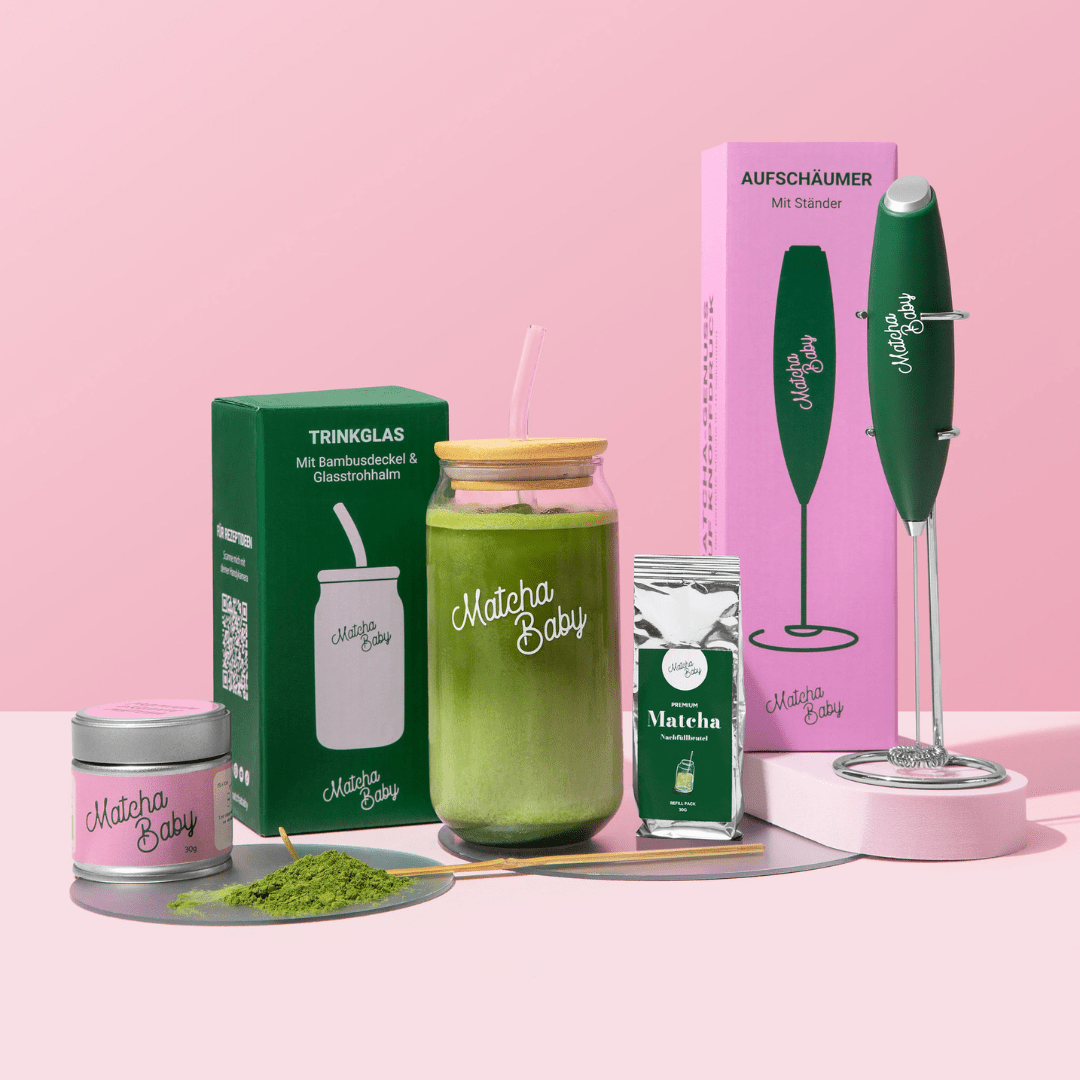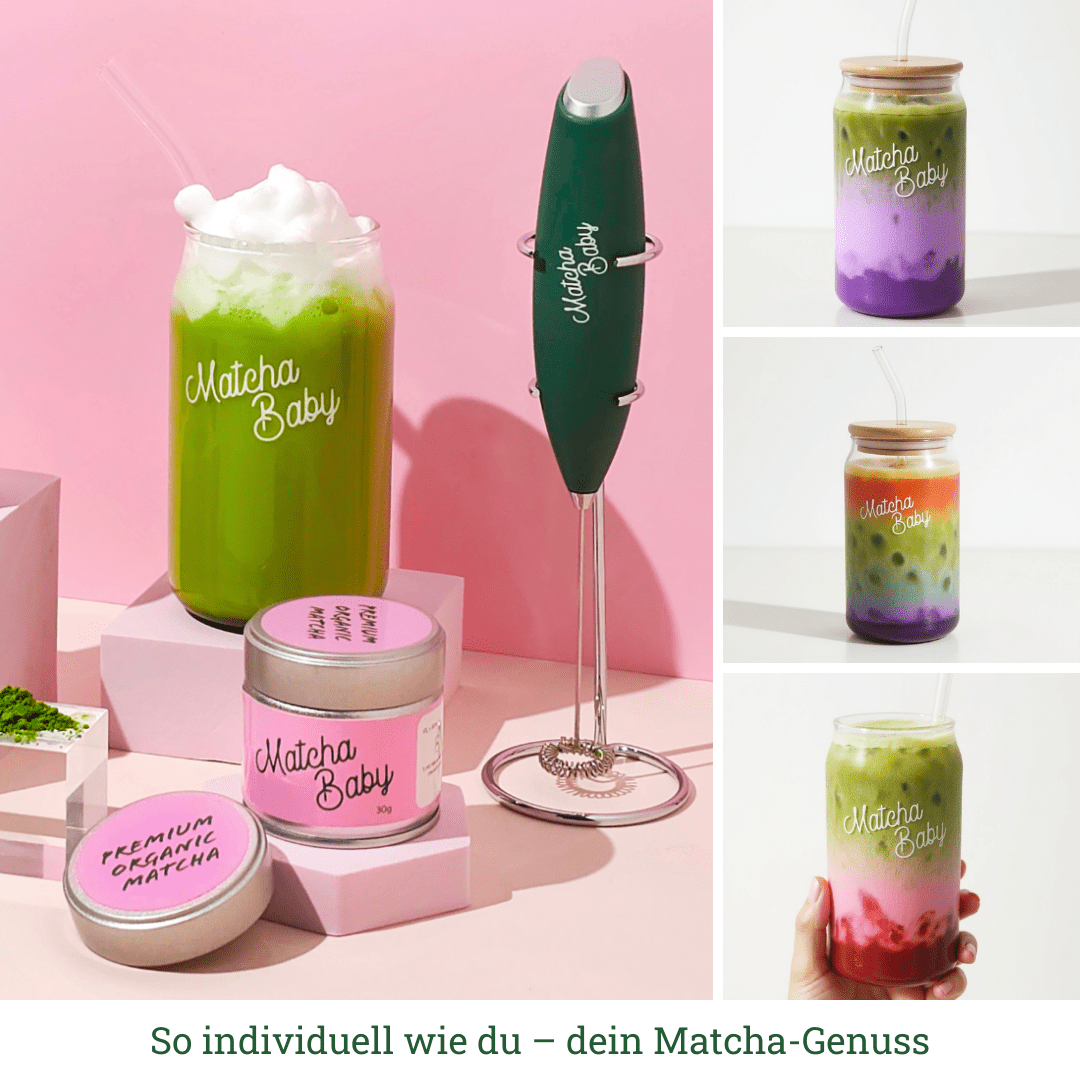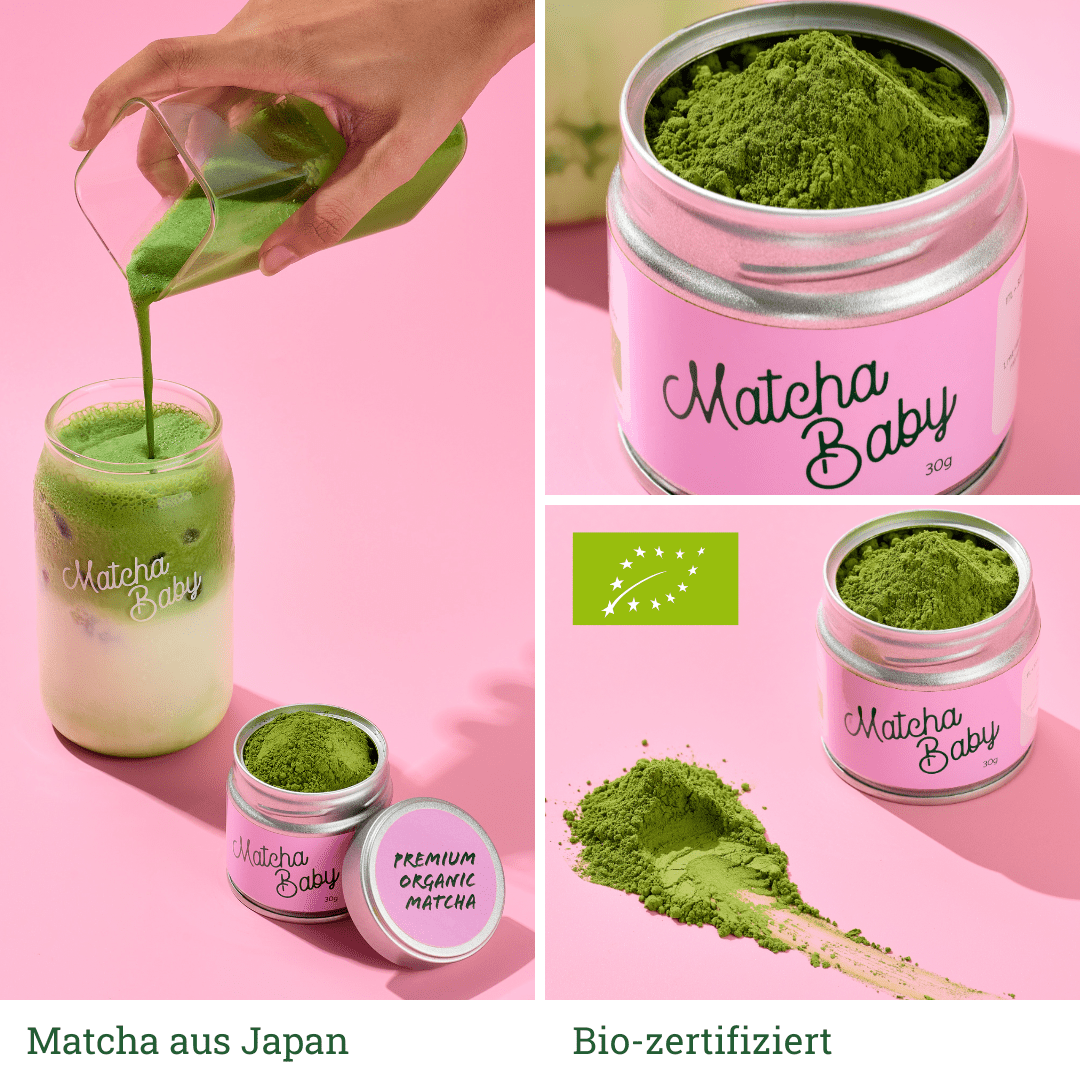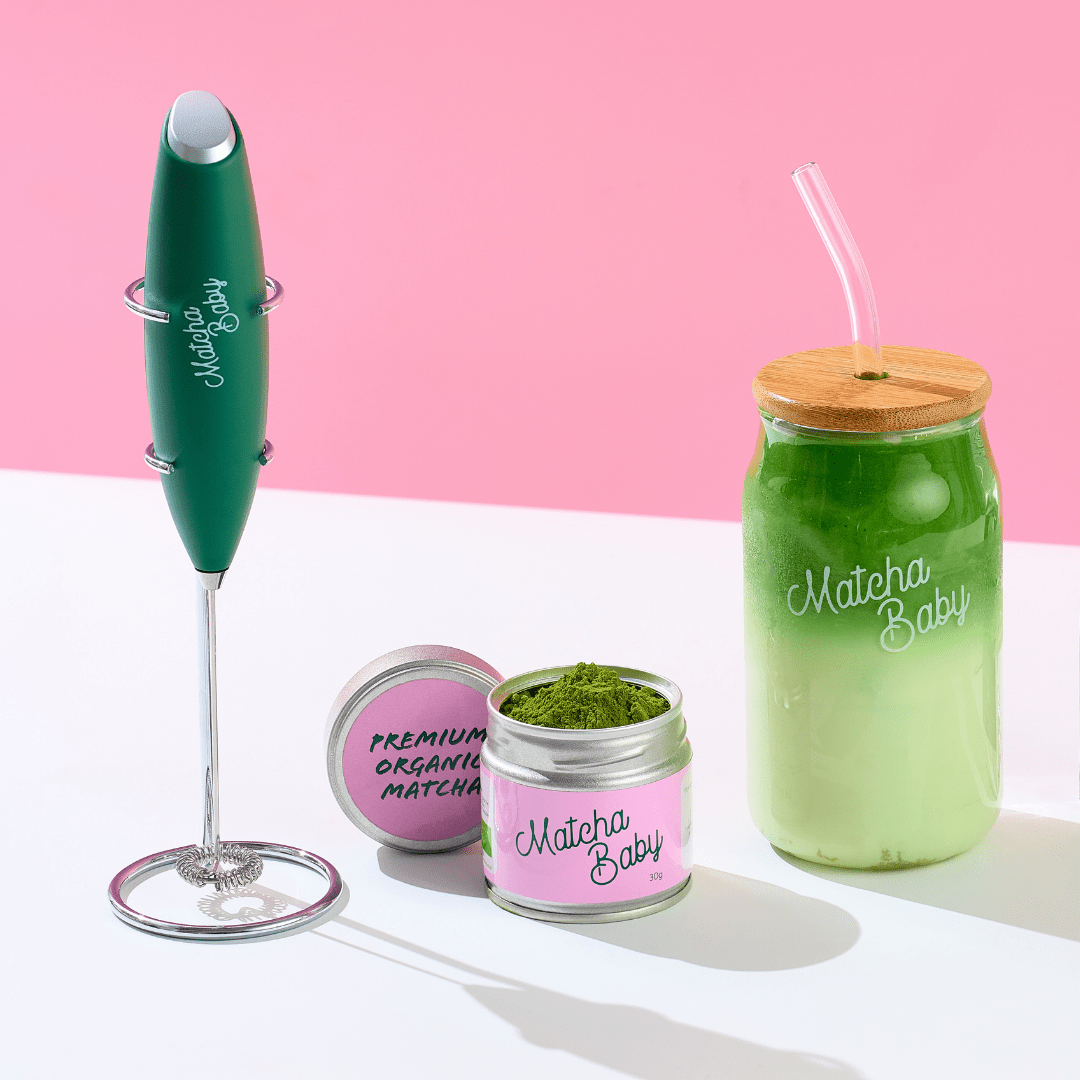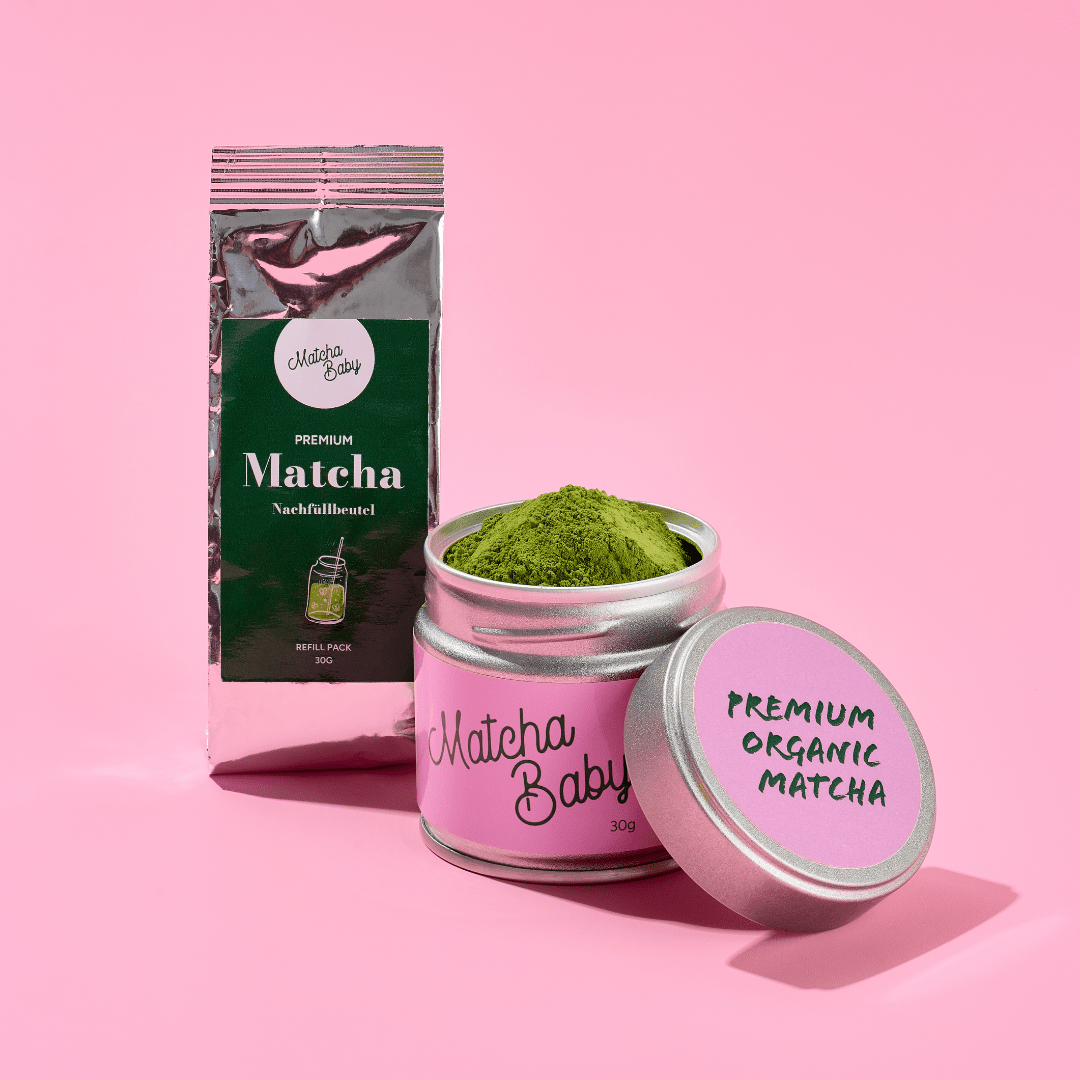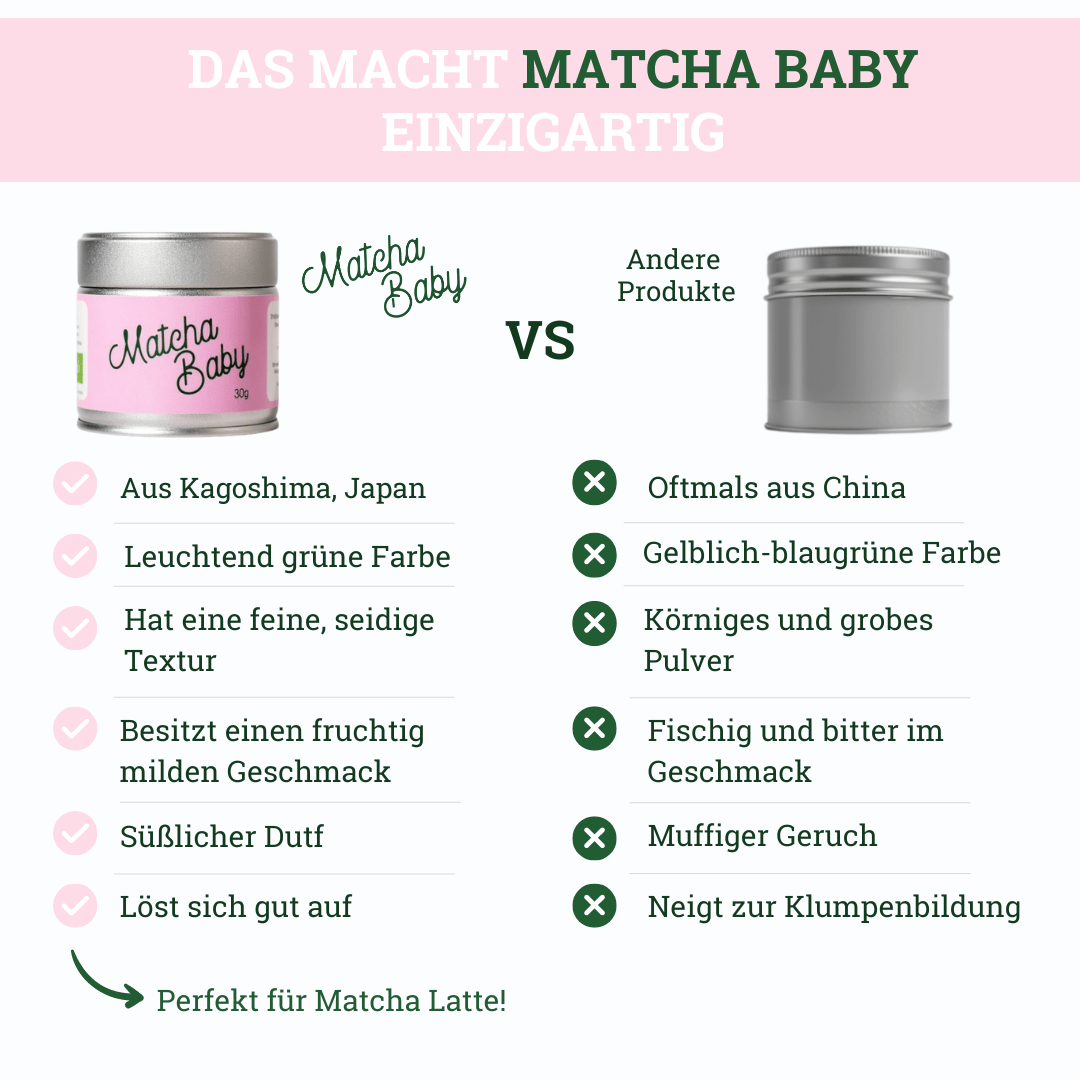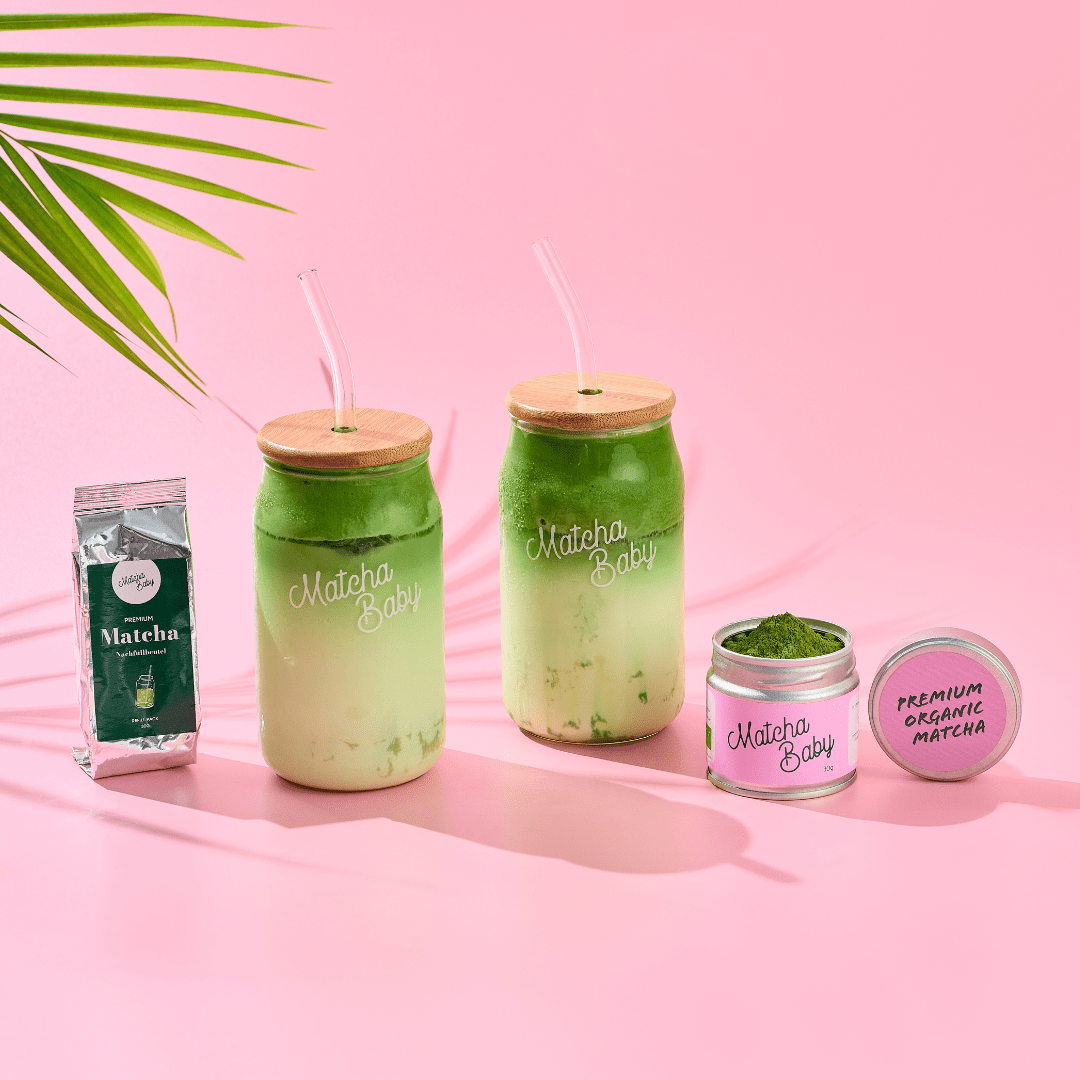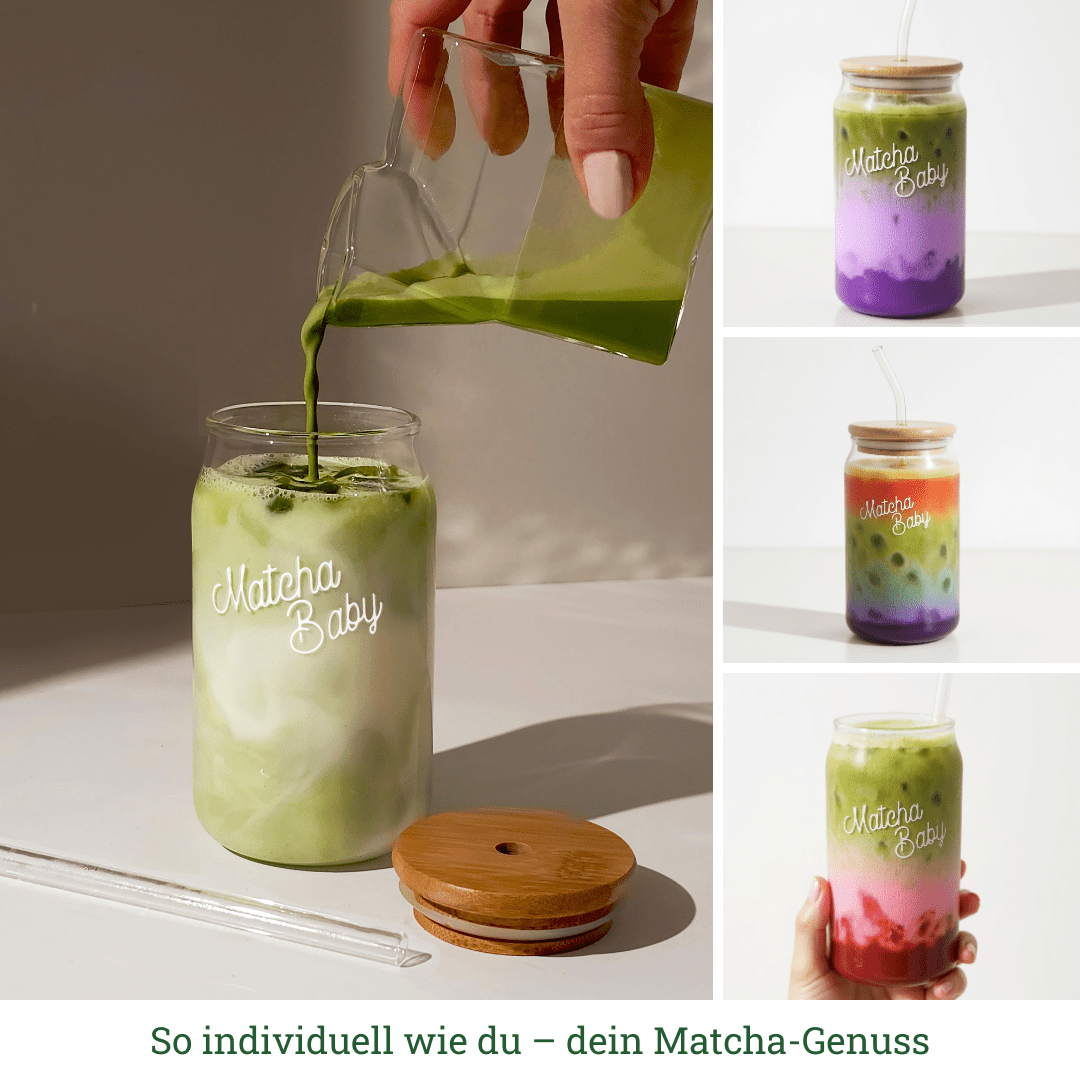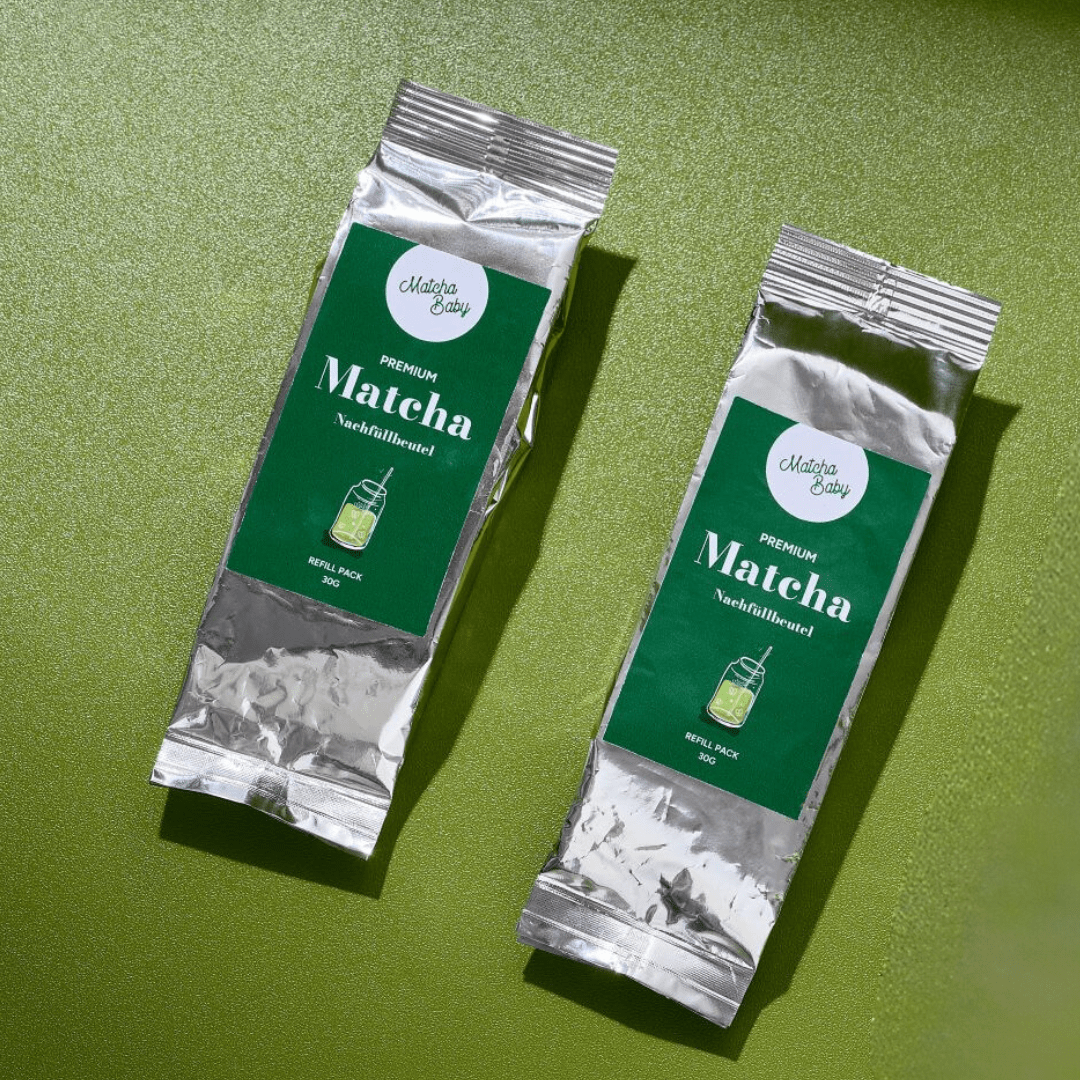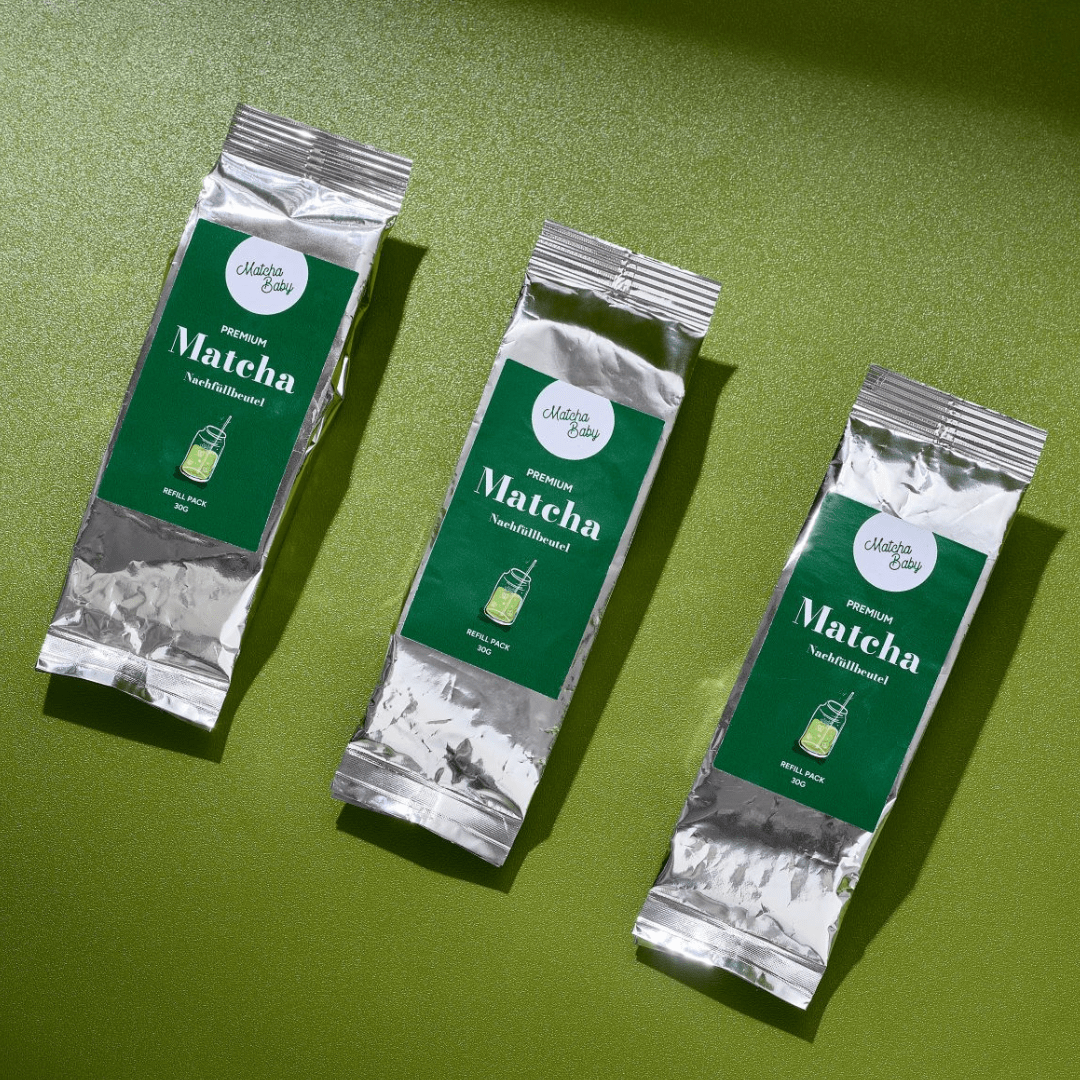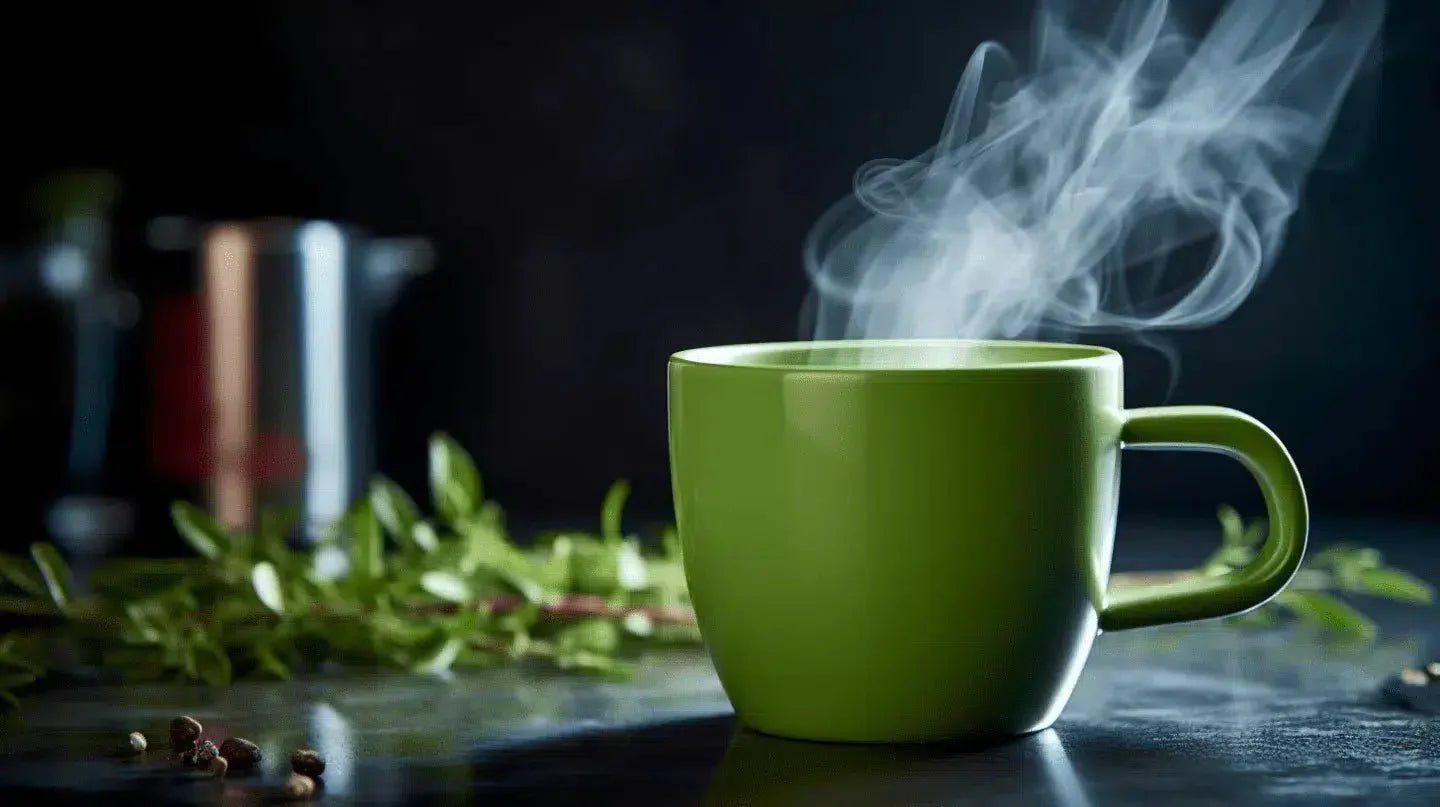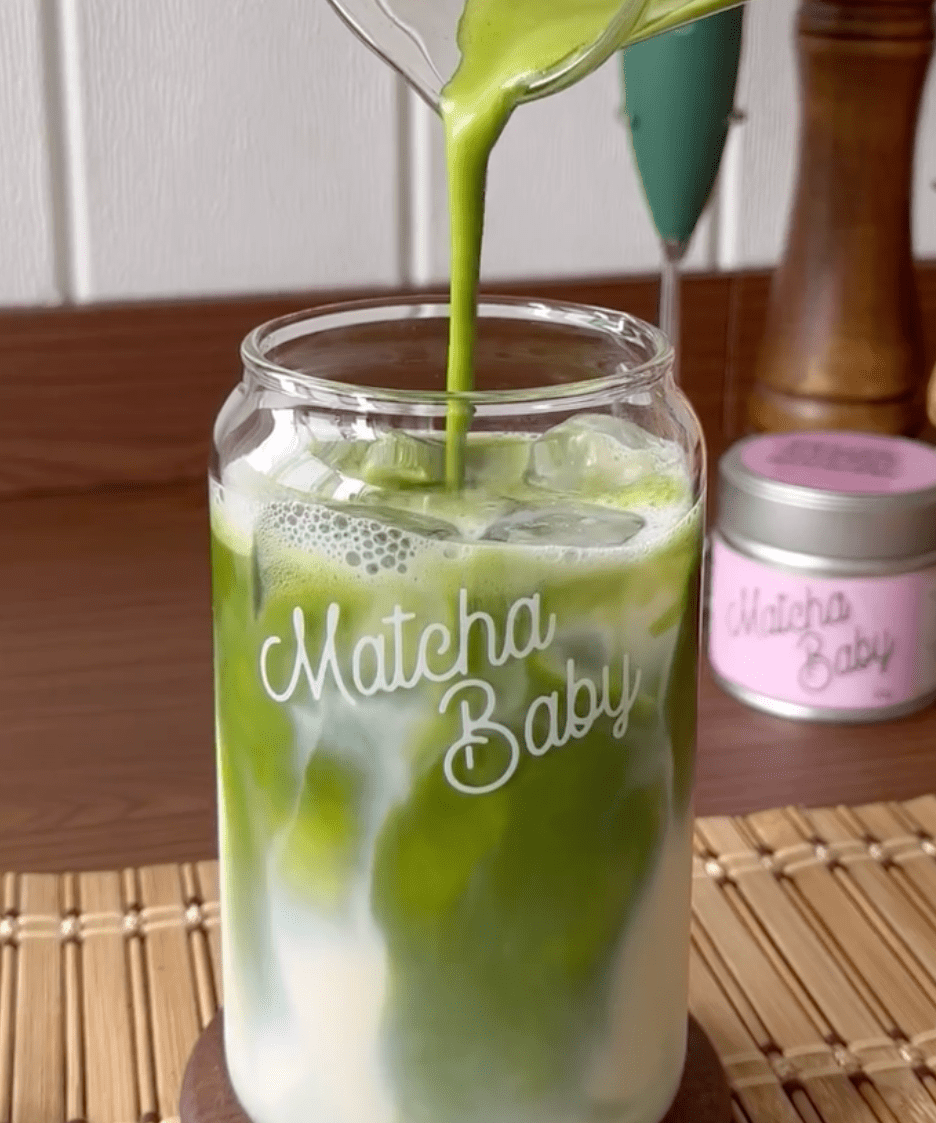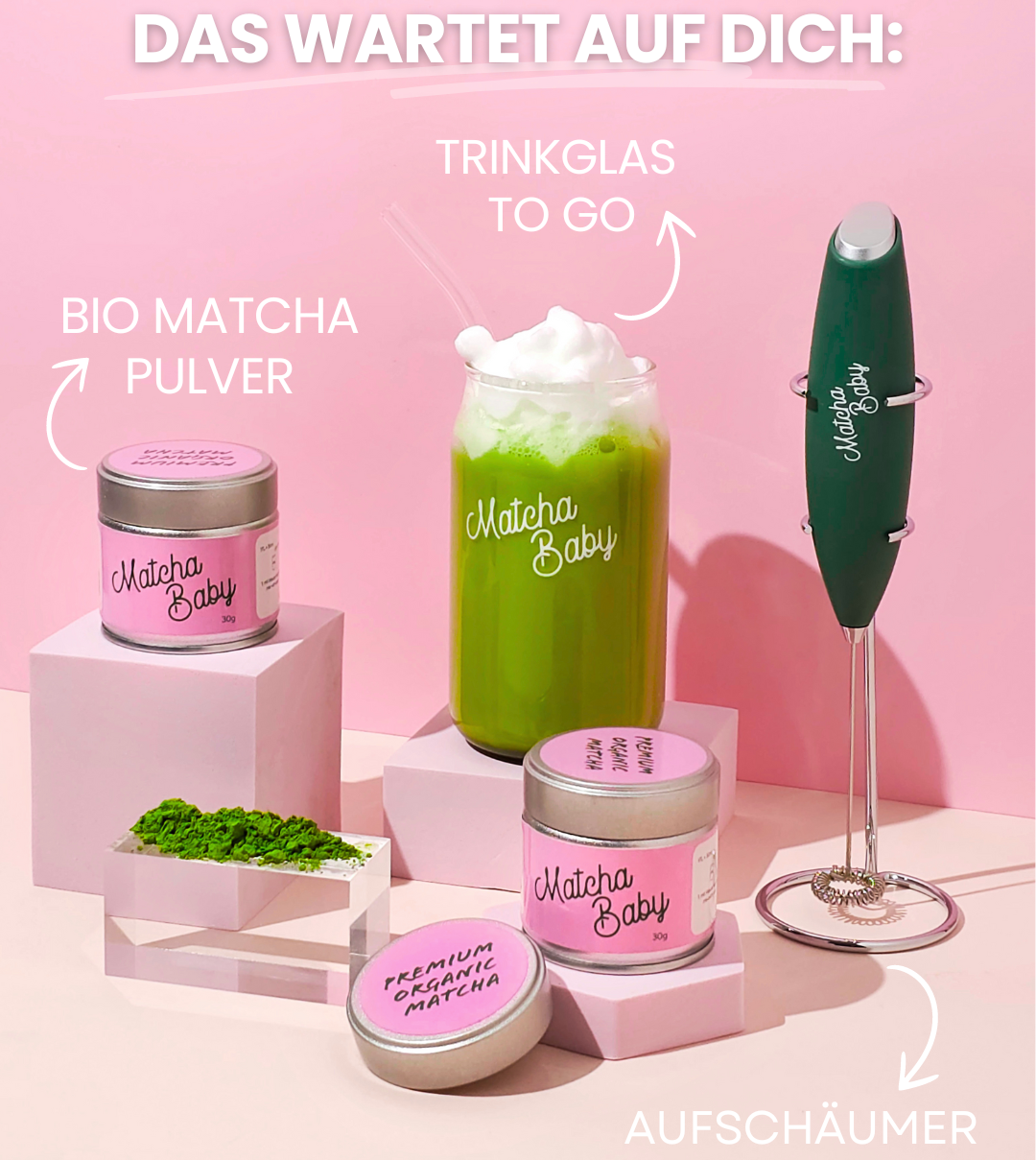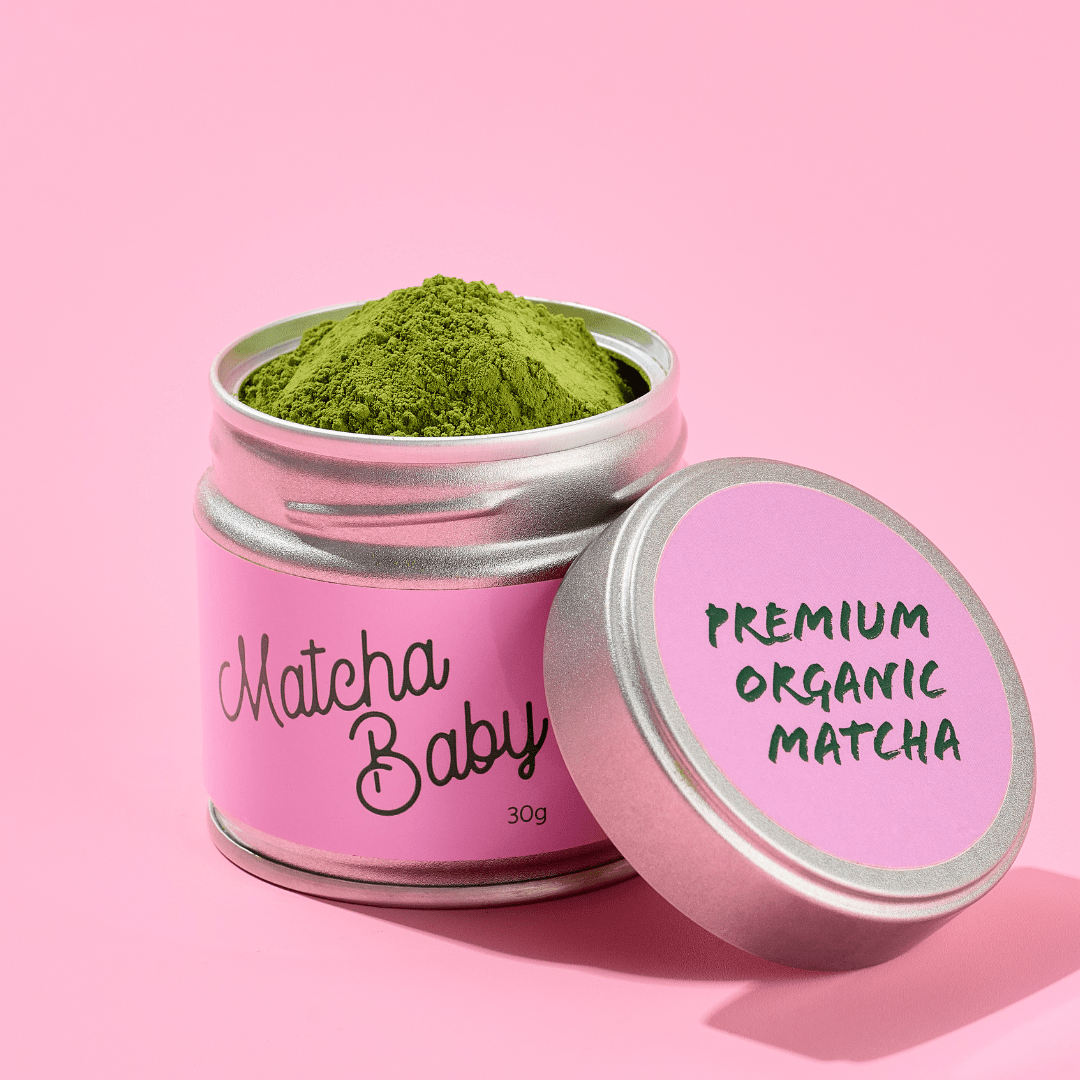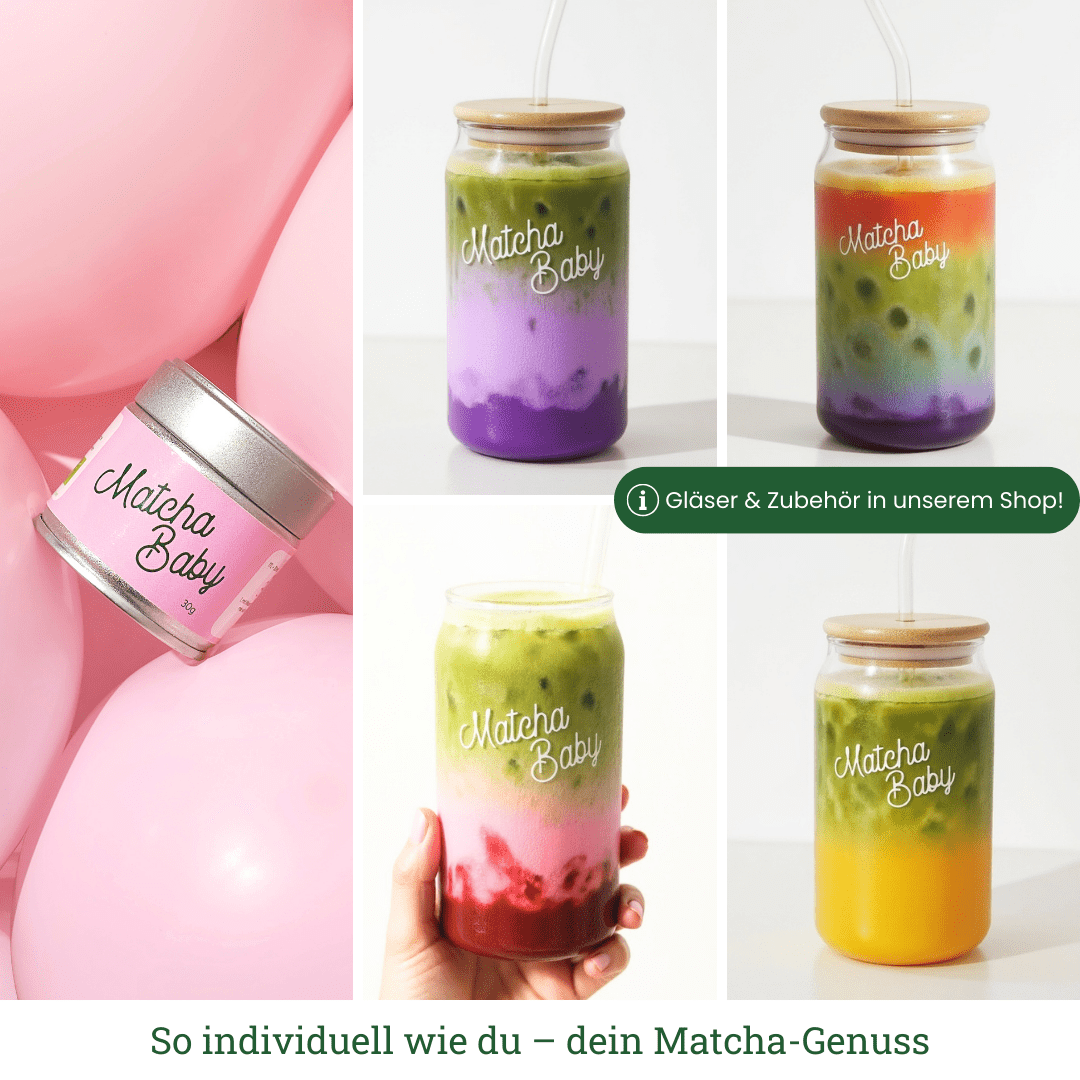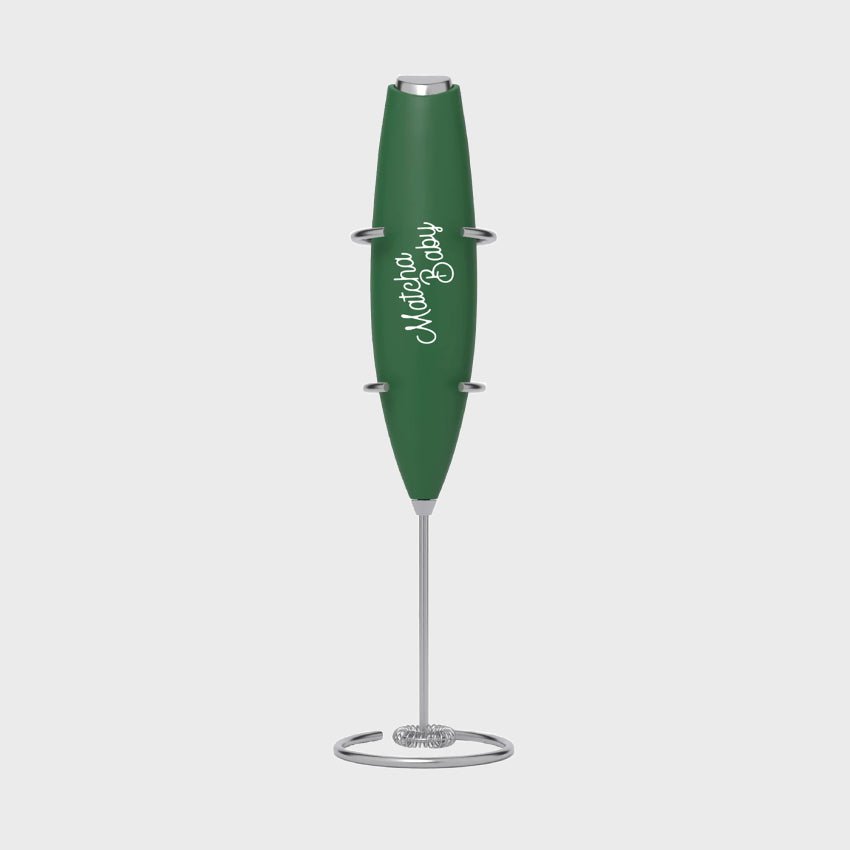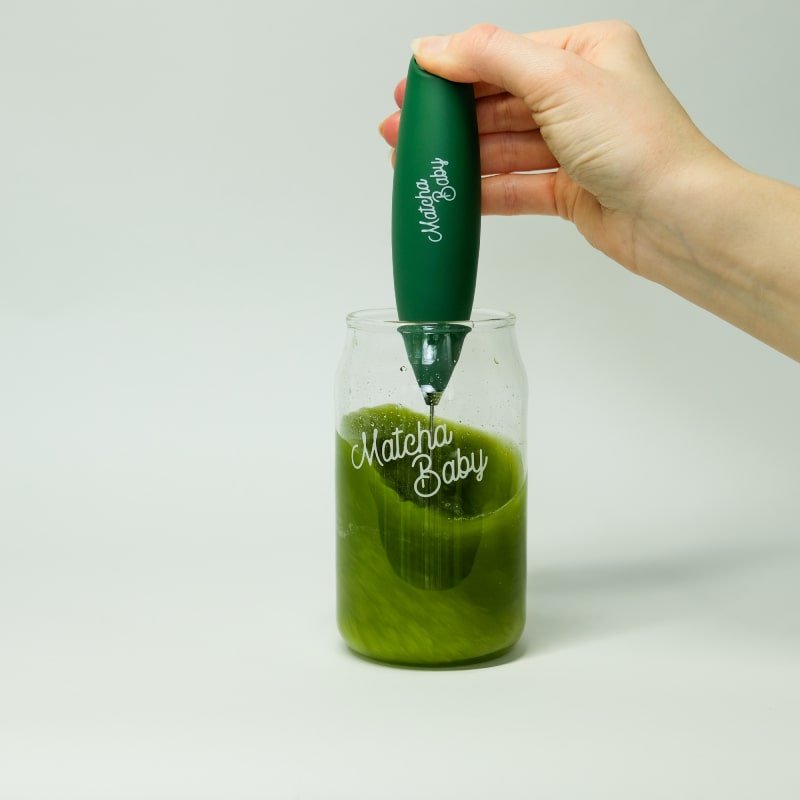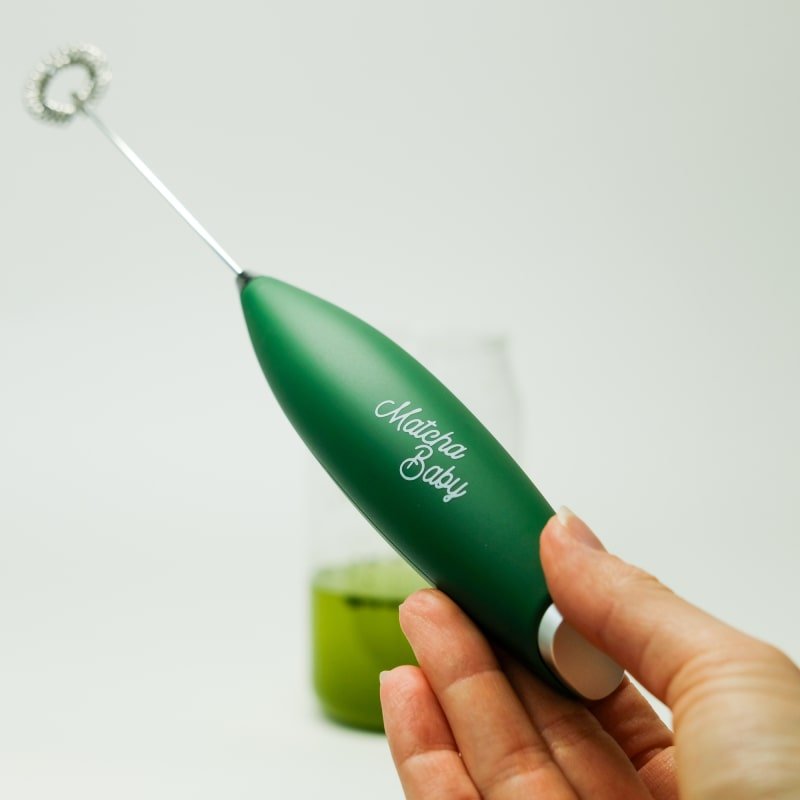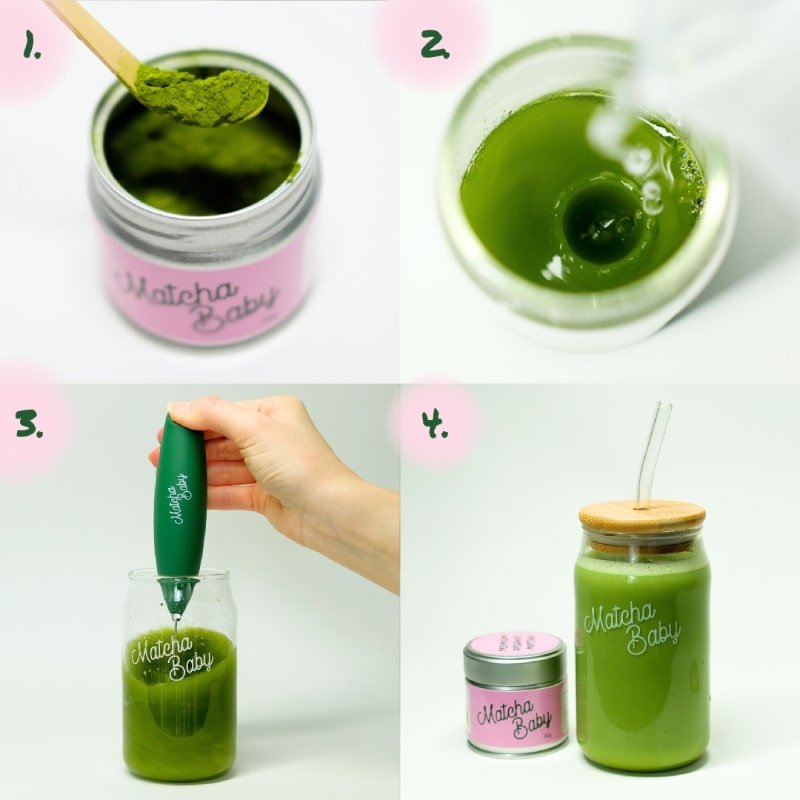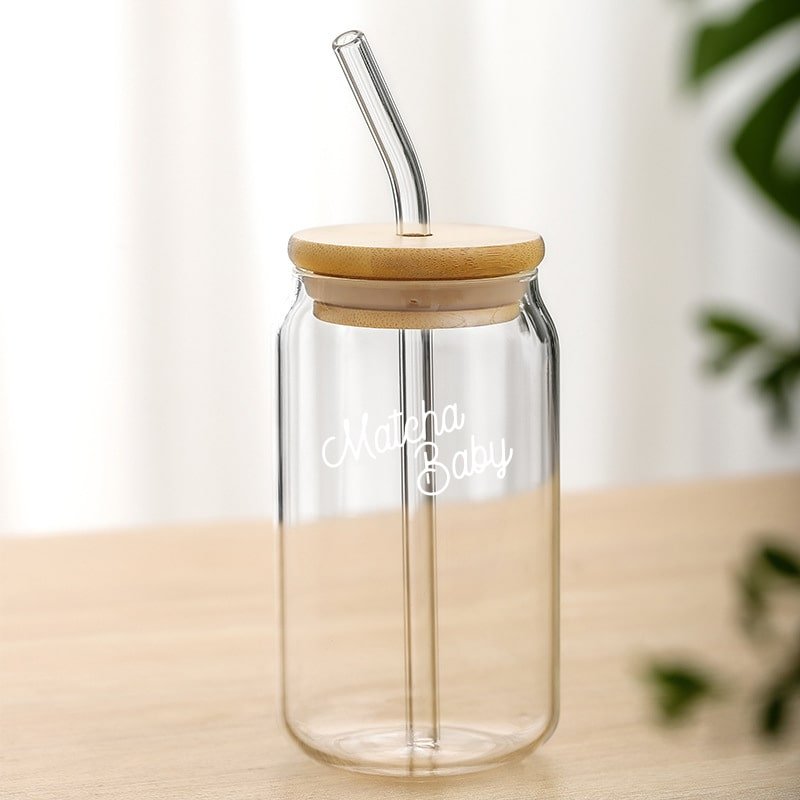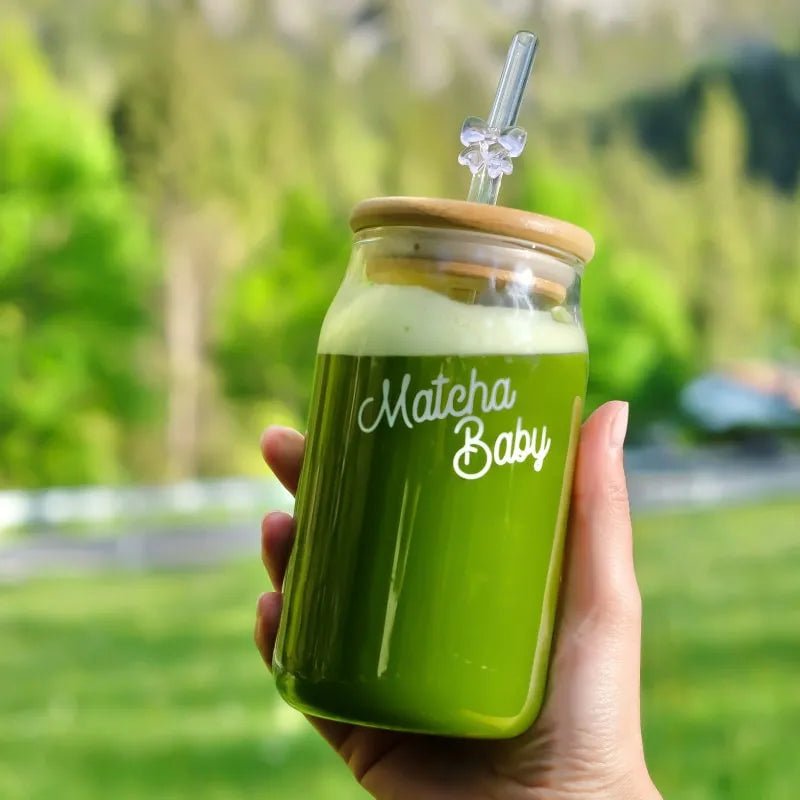Summary of the article:
-
Insight into the profound and complex world of green tea and its origins.
-
The exciting science behind the mysterious but essential brewing time.
-
Expert tips and practical tricks for perfect tea preparation.
-
Enriching personal stories from the vibrant heart of the matcha industry.
Basics of green tea
Origin
Do you actually know where green tea originated? It comes from Asia, especially regions like China and Japan. There, it has been cultivated for thousands of years and used in various rituals. People value it not only for its taste but also for its health benefits, many of which are scientifically proven.
processing
From field to cup – the journey of green tea is a fascinating adventure. After harvesting, the leaves are carefully dried to prevent fermentation. They then undergo various processes, such as rolling or steaming, to shape their character. This process determines not only the aroma but also the required brewing time.
Variants
From Sencha to
Matcha – the world of green tea is incredibly diverse and exciting. Each variety, be it the gentle Bancha or the exquisite Gyokuro, has its own character and specific properties. With so many varieties on the market, both beginners and experts can always discover something new and be enchanted by the subtle flavors.
The science behind brewing time
Chemistry of brewing
Why is brewing time so crucial for the perfect tea? It's all about chemistry. During brewing, certain compounds, such as polyphenols and caffeine, are extracted from the tea leaves. These compounds play a key role in determining the tea's taste, aroma, and even its health benefits. A deeper understanding can make the difference between an average tea and an excellent one.
Balance between taste and health
Brew too short, and the green tea loses its characteristic flavor and becomes bland. Brewing it too long risks a bitter and unpleasant aftertaste. Therefore, finding the right balance is paramount. But how do you achieve this happy medium? It requires experience and knowledge.
Optimal extraction
Not only the brewing time, but also the water temperature plays a crucial role in extracting the ingredients. But how does
temperature influence the taste and consistency of the tea? A good thermometer and experience are essential, as is a deeper understanding of the tea and its reaction to heat.
Brewing time recommendations for different types of green tea
Sencha
Sencha is a true all-rounder among green teas. During my trip to Japan, I met a tea farmer in the hills of Shizuoka. He told me that the ideal water temperature for Sencha tea should be between 70°C and 80°C and gave me valuable tips for the perfect brew. The right brewing time allows it to develop its full aroma and light, refreshing note.
Matcha
Ah, matcha, a powder of green gold! During my intensive time in the matcha industry, I gained countless experiences. Once, in Kyoto, I met a Buddhist monk. He used matcha not only for tea, but also as part of his daily meditation. For him, the perfect consistency and brewing time was a spiritual experience and a form of mindfulness.
Gunpowder
Gunpowder, named for its spherical shape, is a fascinating tea with Chinese origins. These small, rolled leaves unfold when brewed, revealing their true potential. If brewed at the wrong time or temperature, it can taste very bitter, but with the right skills, it transforms into a taste masterpiece.
Common mistakes and how to avoid them
Brewing
Anyone who loves tea knows the bitter experience of overbrewing. If the tea is left to brew for too long, unpleasant bitter compounds can be released. This mistake can ruin the entire experience. But how can you prevent overbrewing? A simple kitchen timer or stopwatch can work wonders and save your tea.
Underextraction
The opposite of overbrewing is also a common mistake. This involves not extracting enough tea leaves, resulting in a bland and watery taste. The right amount of tea, the right amount of water, and sufficient patience are the key. But how do you best avoid this mistake? It's worth always following the recommended amounts and times exactly.
Temperature error
Water for green tea should never boil. Water that's too hot can burn the delicate tea leaves and cause a bitter taste. A good thermometer is a must, but intuition and experience are also crucial. Make sure the water temperature is ideal before adding the leaves.
Conclusion: The art of brewing green tea
Brewing green tea isn't just a simple process; it's a true art. It requires not just knowledge, but also a great deal of feeling. It's about respecting the leaves, understanding their history, and applying the right technique. But with the right tips and a pinch of passion, anyone, whether a beginner or a tea sommelier, can brew the perfect cup of tea. So, how long do you let your green tea steep?
Final thought: A cup of green tea is like a journey—a journey to distant lands, to
centuries-old traditions , and into the depths of your own soul. With every sip, you're immersed in another world and discover unknown horizons. It's worth taking your time and savoring every moment. Cheers!


